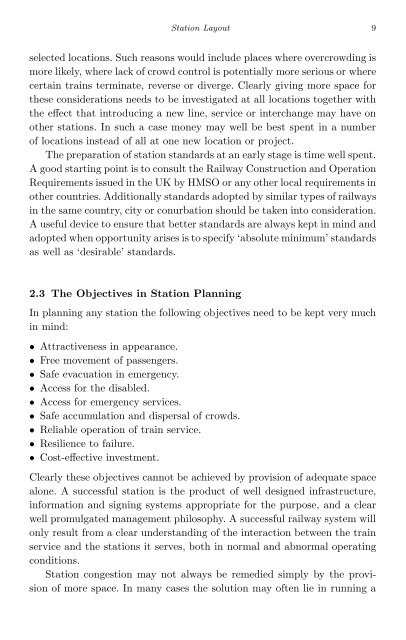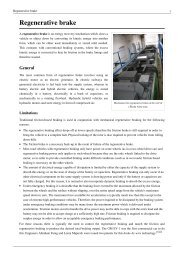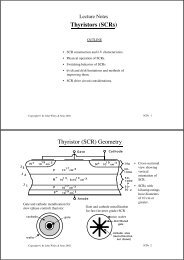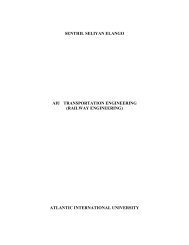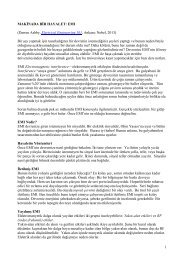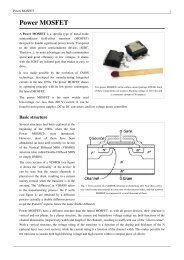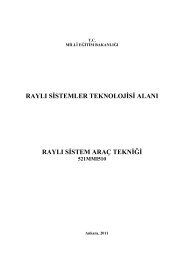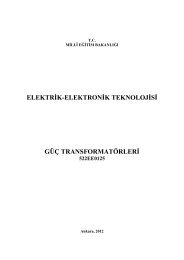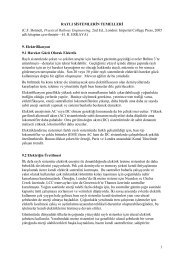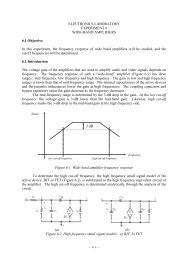2nd Edition
2nd Edition
2nd Edition
You also want an ePaper? Increase the reach of your titles
YUMPU automatically turns print PDFs into web optimized ePapers that Google loves.
Station Layout 9<br />
selected locations. Such reasons would include places where overcrowding is<br />
more likely, where lack of crowd control is potentially more serious or where<br />
certain trains terminate, reverse or diverge. Clearly giving more space for<br />
these considerations needs to be investigated at all locations together with<br />
the effect that introducing a new line, service or interchange may have on<br />
other stations. In such a case money may well be best spent in a number<br />
of locations instead of all at one new location or project.<br />
The preparation of station standards at an early stage is time well spent.<br />
A good starting point is to consult the Railway Construction and Operation<br />
Requirements issued in the UK by HMSO or any other local requirements in<br />
other countries. Additionally standards adopted by similar types of railways<br />
in the same country, city or conurbation should be taken into consideration.<br />
A useful device to ensure that better standards are always kept in mind and<br />
adopted when opportunity arises is to specify ‘absolute minimum’ standards<br />
as well as ‘desirable’ standards.<br />
2.3 The Objectives in Station Planning<br />
In planning any station the following objectives need to be kept very much<br />
in mind:<br />
• Attractiveness in appearance.<br />
• Free movement of passengers.<br />
• Safe evacuation in emergency.<br />
• Access for the disabled.<br />
• Access for emergency services.<br />
• Safe accumulation and dispersal of crowds.<br />
• Reliable operation of train service.<br />
• Resilience to failure.<br />
• Cost-effective investment.<br />
Clearly these objectives cannot be achieved by provision of adequate space<br />
alone. A successful station is the product of well designed infrastructure,<br />
information and signing systems appropriate for the purpose, and a clear<br />
well promulgated management philosophy. A successful railway system will<br />
only result from a clear understanding of the interaction between the train<br />
service and the stations it serves, both in normal and abnormal operating<br />
conditions.<br />
Station congestion may not always be remedied simply by the provision<br />
of more space. In many cases the solution may often lie in running a


